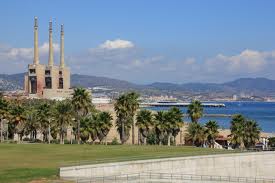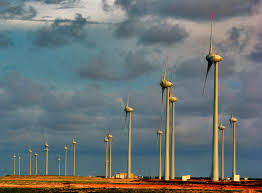Egypt has a renewable energy potential with promising horizons for enlargement and investment, according to a February report by Ernst & Young which places Egypt 29th in the index of the forty most attractive states in the renewable energy sector (ARI). Egypt is second after Morocco (25th ) among the Arab countries in a ranking in which Tunisia (34th), the UAE (35th) and Saudi Arabia (37th) also appear.
Egypt’s highest rate of attractiveness is in the sectors of concentrated solar power (CSP) and onshore wind energy, occupying the 30th position in the solar energy index and ranked 28th in the wind energy index where it climbed a position with respect to the previous year. This is thanks to the previous year’s announcement of a tender for the use of land in the Gulf of Suez where a solar park of 600MW will be built.
Egypt has a 98.8% dependence on fossil fuel and only a 1.2% dependence on renewable energy, even though the country is located in the sun belt which would allow it to generate up to 73,656 billion WH a year. In spite of this, electricity production from solar energy does not exceed the 206MWh of the Al Karimat plant (south of Giza), the only solar power plant in the country.
Egypt also has many areas suitable for wind energy exploitation, such as the Gulf of Suez, the coast of the Red Sea between Ras Gareb and Safaga, and the area east of Al-Awinat, where the average wind speed reaches 10 meters/ minute. There are several wind farms in Egypt amongst them, the Hurghada park, whose production reached 7GWh in the 2010/2011 period and Zaafrana park, with an installed capacity of 545MW and a production capacity of 1.134GWh in the same period. This park was created in different phases and Spain, together with Germany, Denmark and Japan cooperated in its execution. Despite Egypt’s renewable energy potential, the contribution of production of solar power plants and wind farms has been limited in recent years because of funding problems, the poor state of the infrastructure required to implement the modern plants and the unattractiveness to investors. Egypt also lacks an industry of technological components for these types of installations which forces it to import them at very high prices.
Source: Al Masri al Yaum, 04/05/2013






Aún no hay comentarios, ¡añada su voz abajo!